News
-
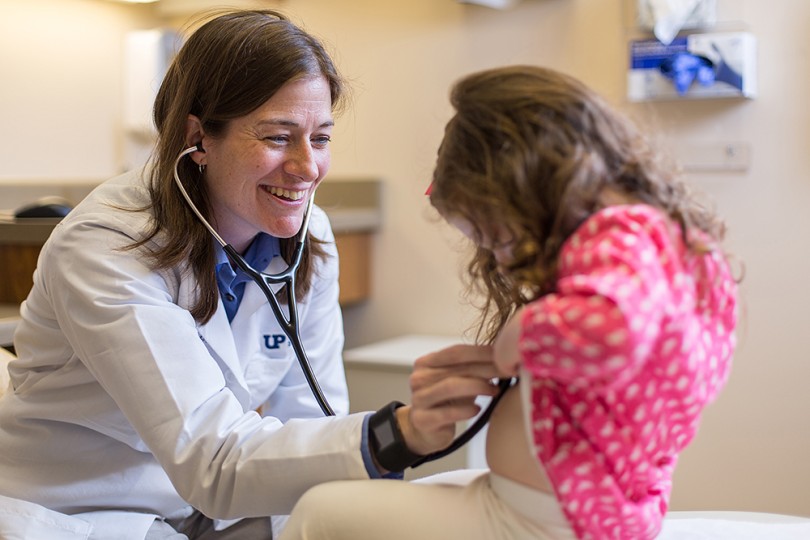
Take Advantage of Summer Break—Schedule Pediatric Annual Physicals
July 10, 2025We're in full swing into summer — and there’s a lot to accomplish while we catch our breath in preparation for another busy school year. The two most important things to do may seem fairly routine, but that doesn’t make them any less of a priority: schedule annual physicals for you and your family and get up-to-date on immunizations. Routine wellness checks are essential to your family’s ongoing health and are an integral part of children’s healthcare. In fact, visiting a provider for regular preventive care is one of the best ways to help identify and treat health issues before they become serious.
Learn more -
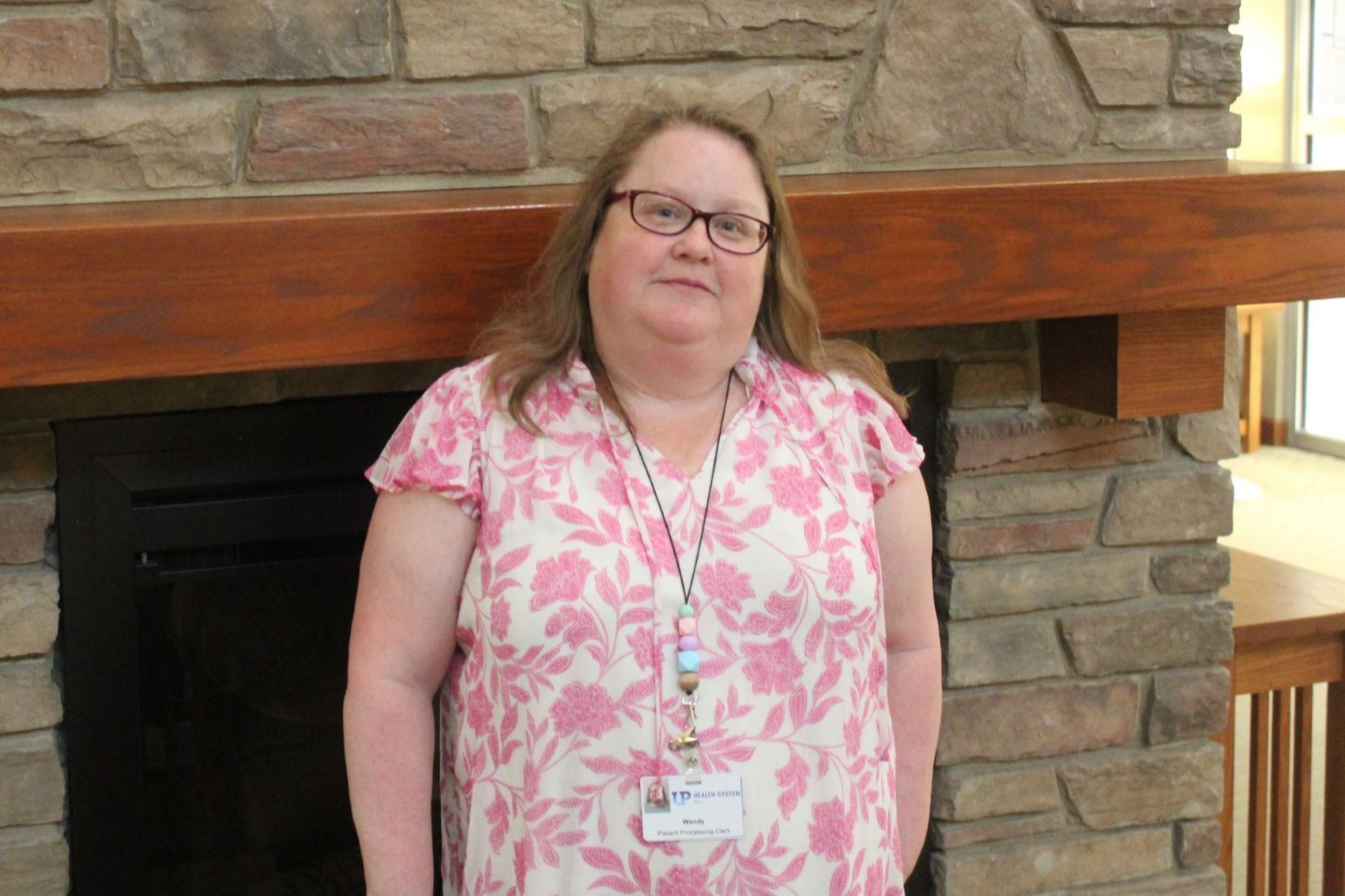
UP Health System – Bell Heroes | Wendy Bailey
July 10, 2025What is your role at UPHS? I’m a patient processing clerk at UP Health System – Bell. What was your inspiration for getting into healthcare? A desire to help others. I’ve always found healthcare interesting and fun to learn about.
Learn more -
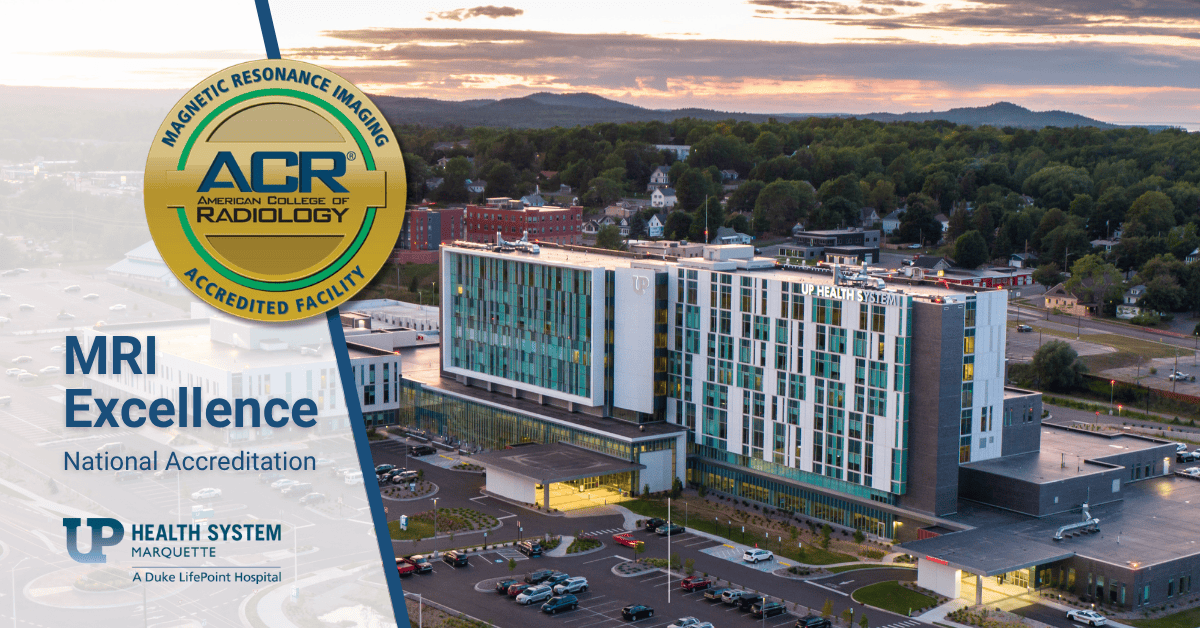
UP Health System – Marquette Earns National ACR Accreditation for MRI Services
July 03, 2025UP Health System – Marquette (UPHS – Marquette) has been awarded accreditation in Magnetic Resonance Imaging (MRI) by the American College of Radiology (ACR) Commission on Quality and Safety. This accreditation recognizes the hospital’s excellence in MRI imaging of the body, breast, head, musculoskeletal system, spine and magnetic resonance angiography (MRA).
Learn more -
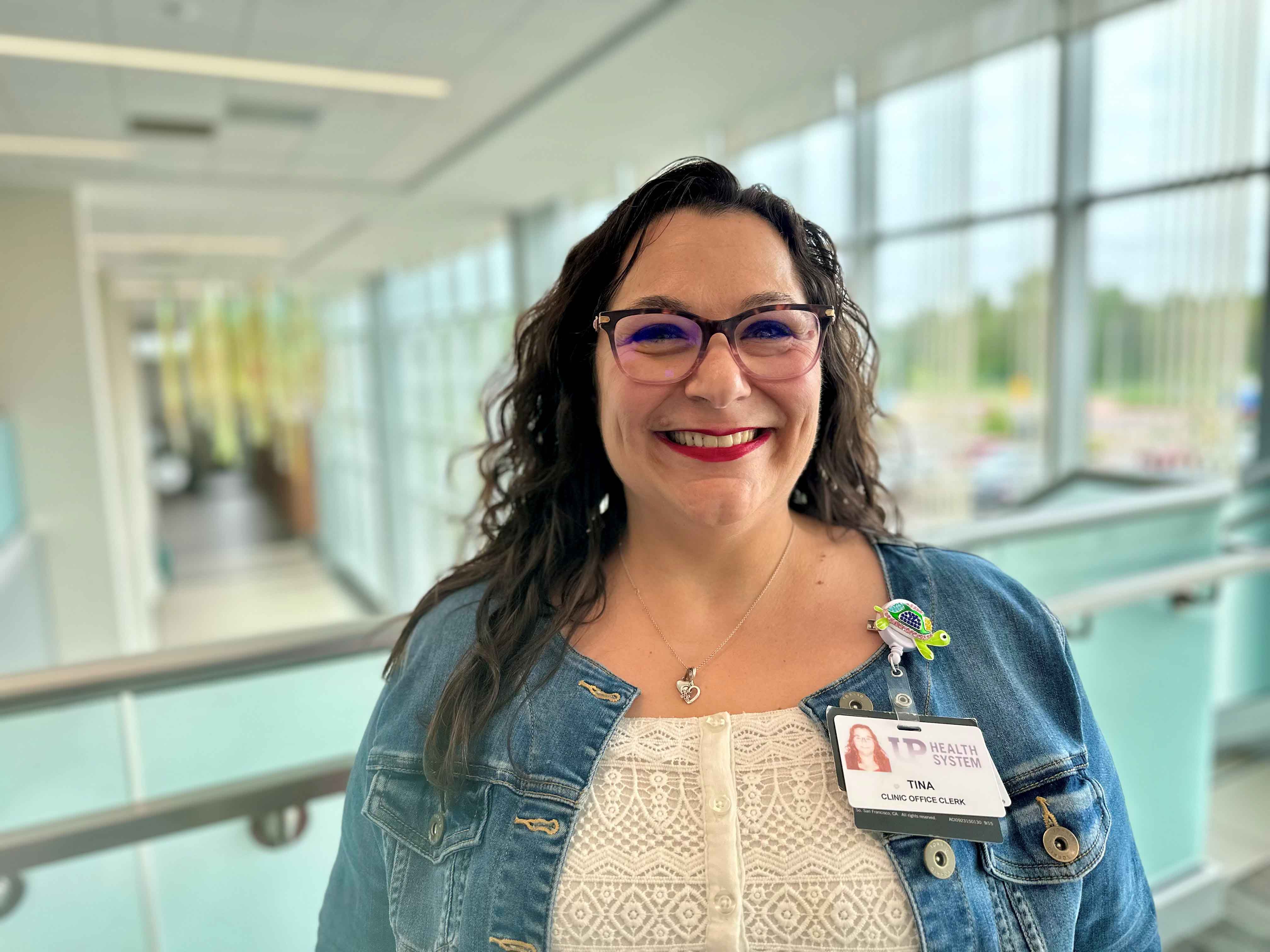
UP Health System – Marquette Heroes | Tina Guasp
July 03, 2025What is your role at UPHS – Marquette? I am a clinical office clerk for Neurosurgery, Brain and Spine at UP Health System – Marquette. What was your inspiration for getting into healthcare? I enjoy helping people, and I hope a warm smile can make their day just a little better.
Learn more -

You're Not Going Crazy—You're in Perimenopause
June 30, 2025By: Breanna Pond, MD, OBGYN Associates of Marquette, P.C. If you've been feeling off lately—maybe your moods swing without warning, sleep is elusive, and your once-predictable cycle has gone rogue—take a deep breath. You're not going crazy. You're likely in perimenopause, and you're far from alone. Perimenopause is the transitional phase before...
Learn more -
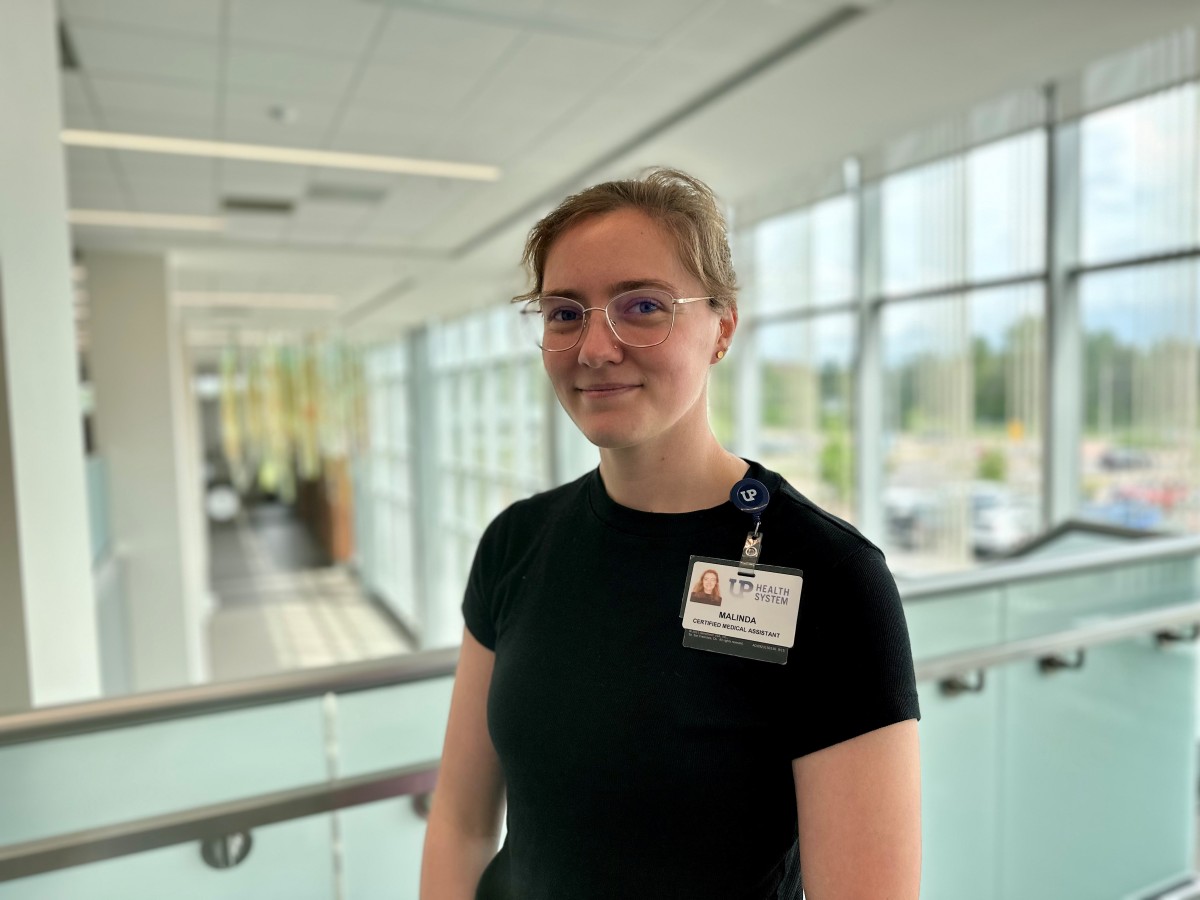
UP Health System – Marquette Heroes | Malinda Willey
June 27, 2025What is your role at UPHS – Marquette? I am a Certified Medical Assistant in Neurosurgery at UP Health System – Marquette. What was your inspiration for getting into healthcare? Growing up, I’ve always had a lot of health issues. Whenever something happened to me, it seemed like everyone would jump in to...
Learn more -
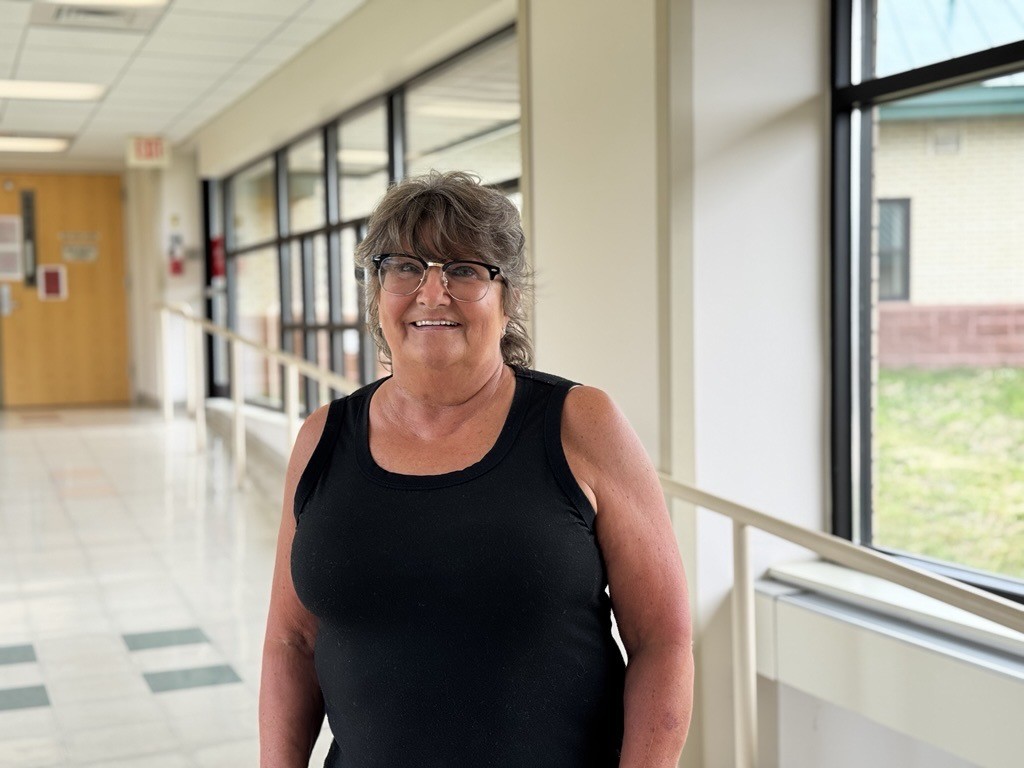
UPHS – Portage Heroes | Mary Lampinen, RN
June 26, 2025What is your role at UP Health System – Portage? I am a registered nurse (RN) at PortagePointe, caring for the needs of elderly residents. What was your inspiration for getting into healthcare? I’ve received a lot of help during times of need, and I felt that healthcare would be a meaningful way...
Learn more -
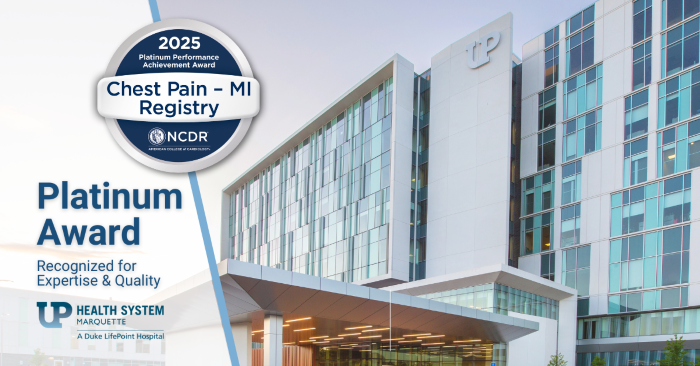
UP Health System – Marquette Among Nation’s Top Performing Hospitals for Treatment of Heart Attack Patients
June 26, 2025American College of Cardiology NCDR Chest Pain – MI Registry Platinum Performance Achievement Award recognizes sustained, high-level performance in quality of care MARQUETTE, Mich. (June 26, 2025) — UP Health System – Marquette (UPHS – Marquette) has received the American College of Cardiology’s NCDR Chest Pain – MI Registry Platinum Performance...
Learn more -
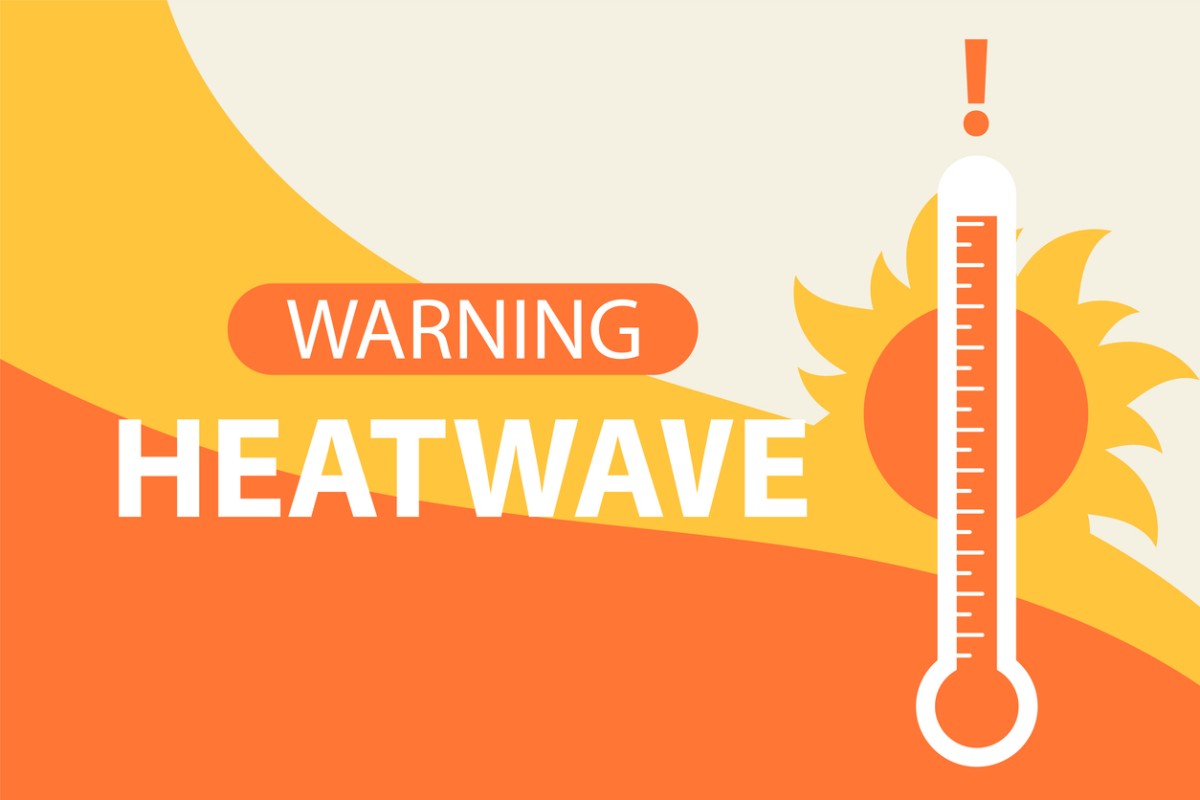
Stay Safe This Summer: Tips to Beat the Heat, Enjoy the Water and Celebrate Responsibly
June 23, 2025Summer is in full swing! With the longer days and warmer temperatures, now is the perfect time to enjoy all the outdoor activities you love—backyard barbecues, beach days, family hikes, lake time, fireworks celebrations and more. But as you make your summer plans, it’s essential to stay alert and take...
Learn more -
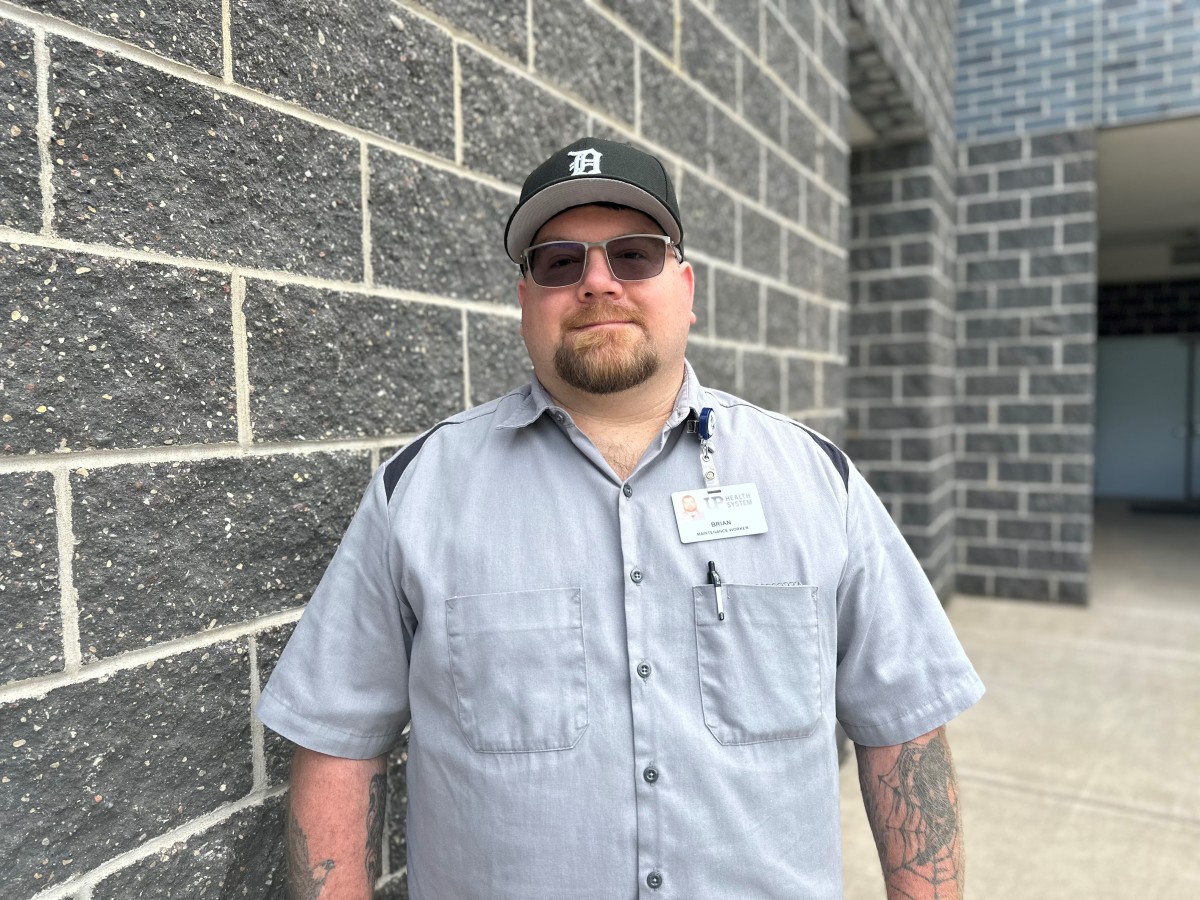
UPHS – Marquette Heroes | Brian Belmore
June 20, 2025What is your role at UPHS – Marquette? I am a second shift maintenance worker at UP Health System – Marquette. What was your inspiration for getting into healthcare? I have had many family members work in healthcare, and it's rewarding to make a difference in our community when others are at their...
Learn more -
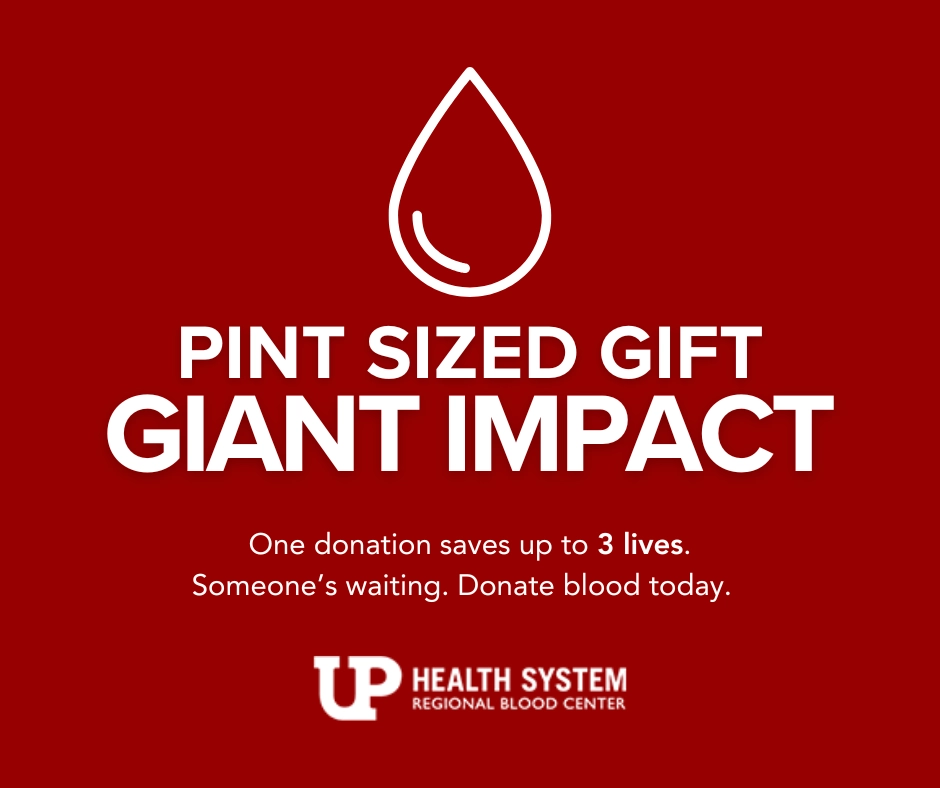
FDA Updates Blood Donor Eligibility Guidelines
June 19, 2025UP Health System – Marquette is pleased to share an important update that supports a more inclusive and equitable blood donation process, following recent changes from the U.S. Food and Drug Administration (FDA).
Learn more -
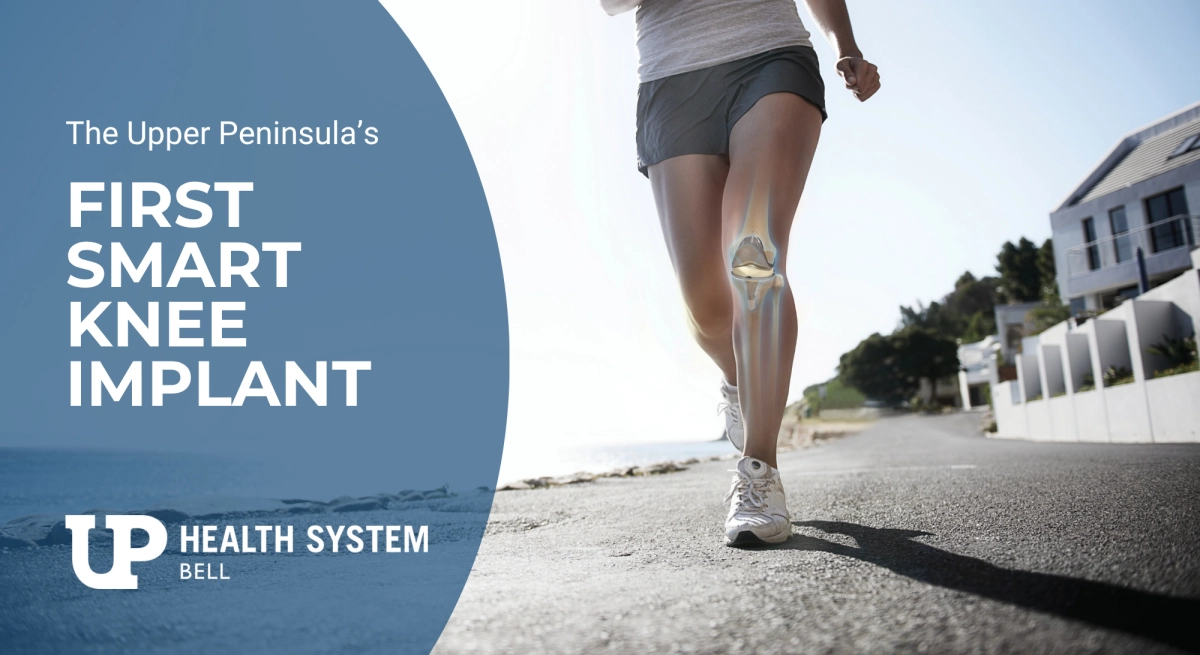
UP Health System – Bell Now Offers the Upper Peninsula’s First “Smart Knee” Implant for Knee Replacement Surgery
June 17, 2025ISHPEMING, MI (June 17, 2025) — If you or someone you know is considering knee replacement surgery, there’s a new high-tech option now available close to home. UP Health System – Bell is proud to be the first in the Upper Peninsula to offer Persona IQ®, the world’s first and...
Learn more -

UP Health System – Marquette Opens Second Registration Area to Improve Access and Reduce Walking Distance for Patients
June 16, 2025MARQUETTE, Mich. (June 16, 2025) — UP Health System – Marquette has opened a second patient registration area to help improve access, reduce walking distances and enhance the overall patient experience. The new registration space was created in response to feedback from patients and families who shared challenges navigating appointments at...
Learn more -
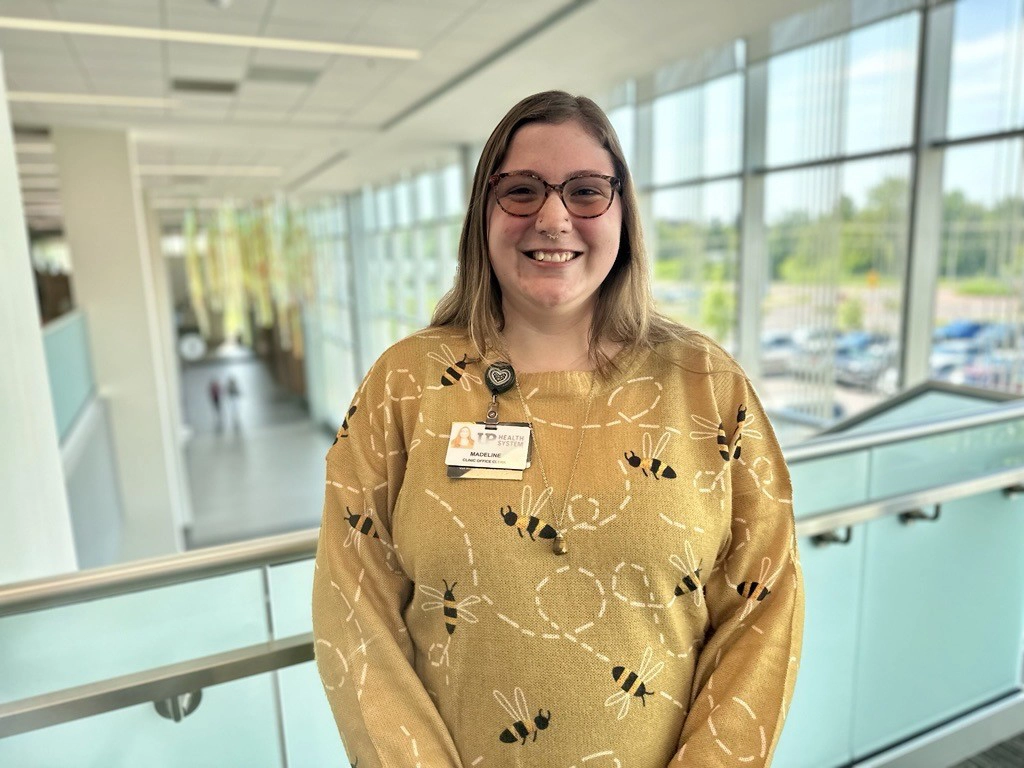
UPHS – Marquette Heroes | Madeline Jinkerson
June 13, 2025What is your role at UPHS – Marquette? I am the clinic office clerk at Brain & Spine at UP Health System – Marquette. What was your inspiration for getting into healthcare? The hospital was a big part of my life growing up. I experienced what it was like to be a patient,...
Learn more -
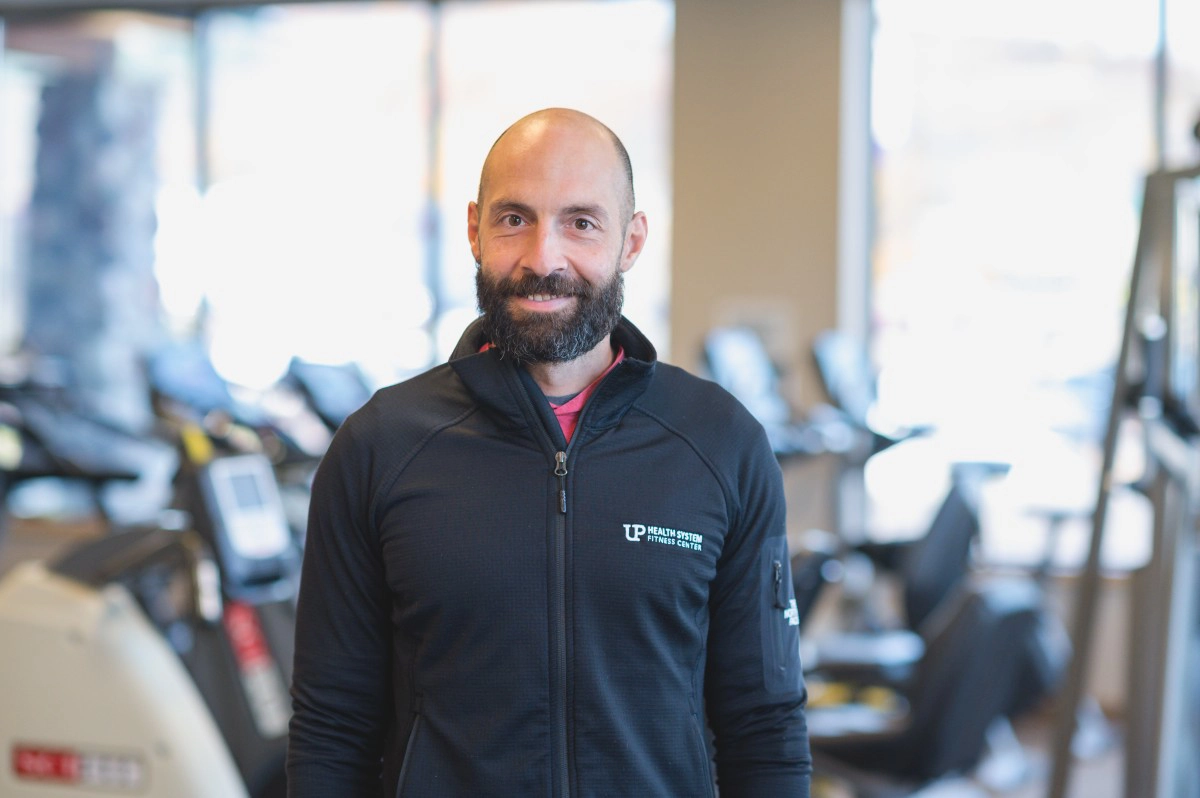
UP Health System – Portage Heroes | Jason M. Dellinger, CSCS
June 11, 2025What is your role at UP Health System — Portage? I am an exercise specialist at the fitness center. What was your inspiration for getting into healthcare? I have loved sports, strength & conditioning, and fitness since I was young. I believe healthcare starts with fitness— taking care of our physical and mental...
Learn more -
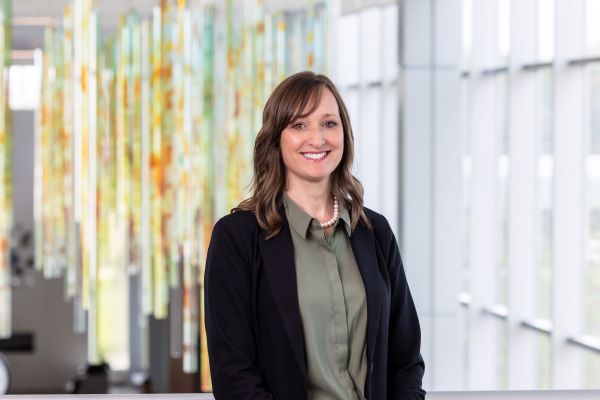
UP Health System – Marquette Names Executive Director of Nursing
June 05, 2025MARQUETTE, Mich. — June 5, 2025 — UP Health System – Marquette (UPHS – Marquette) has announced that Julie Nordberg, MSN, RN, CPPS, has been named executive director of nursing, effective May 25, 2025. Nordberg has been a valued member of the UP Health System – Marquette team since 2015 and...
Learn more -
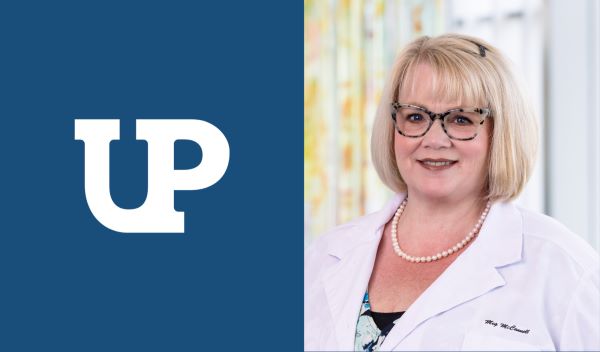
UP Health System – Marquette Names Meg McConnell as Chief Nursing Officer
June 04, 2025MARQUETTE, Mich. (June 4, 2025) — UP Health System – Marquette has announced that Meg McConnell, MSN, BSN, RN, has been named chief nursing officer (CNO), effective immediately. McConnell joined UP Health System – Marquette in early 2023 and most recently served as assistant chief nursing officer. She brings more than a...
Learn more -
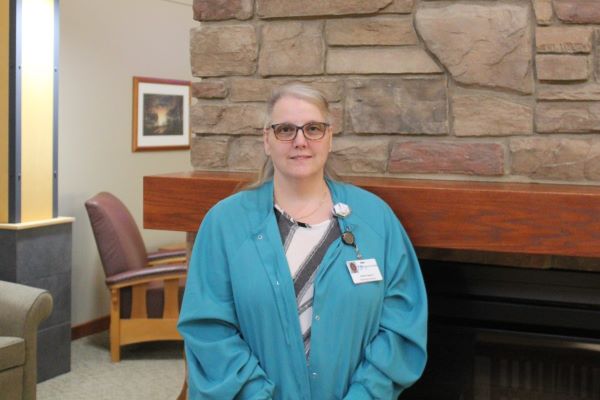
UPHS – Bell Heroes | Sheila Swenor
June 03, 2025What is your role at UPHS – Bell? I am the director of radiology at UPHS – Bell. What was your inspiration for getting into healthcare? I have always been interested in health care. I initially wanted to become a speech therapist but eventually changed career paths. What’s a typical day like for you?...
Learn more -
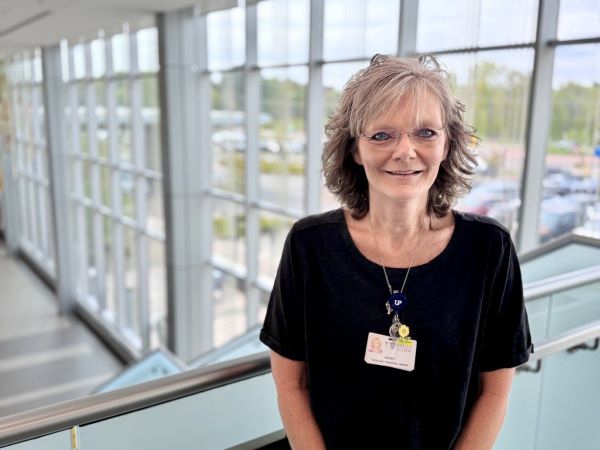
UPHS – Marquette Heroes | Vicky Revord
May 30, 2025What is your role at UPHS – Marquette? I am the Oncology Financial Liaison at UP Health System – Marquette. What was your inspiration for getting into healthcare? I've always had a passion for helping others, especially those who are uninsured or underinsured. Seeing how many people struggle to access basic care inspired...
Learn more -
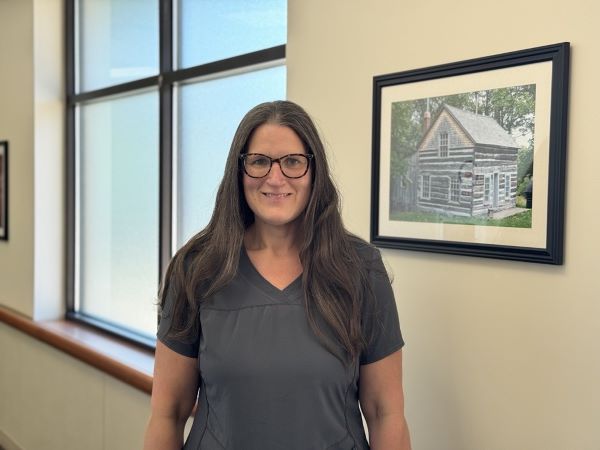
UP Health System – Portage Heroes | Melissa Coffey
May 29, 2025What is your role at UPHS - Portage? I am employed at PortagePointe as a Certified Nursing Assistant. I am responsible for taking care of elders and their needs. What was your inspiration for getting into healthcare? When I started taking Health Occupations at Marquette Senior High School. I realized that being in...
Learn more
